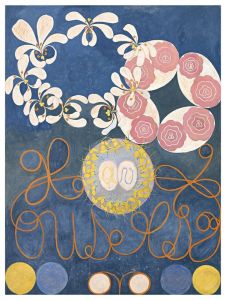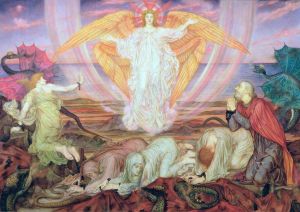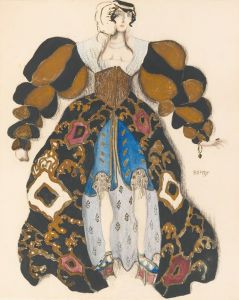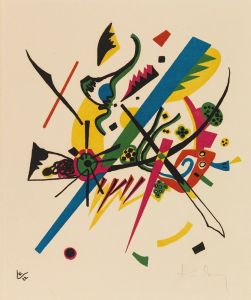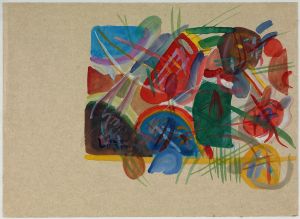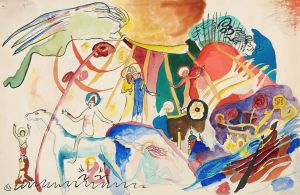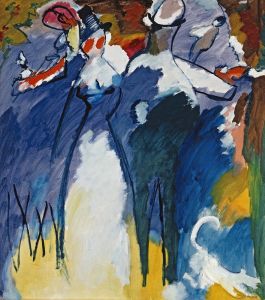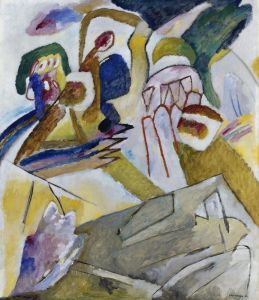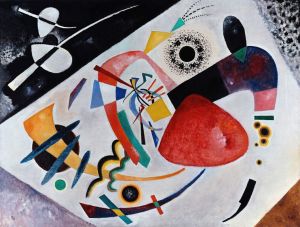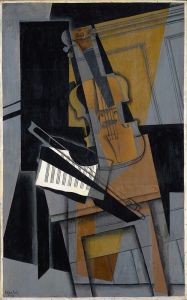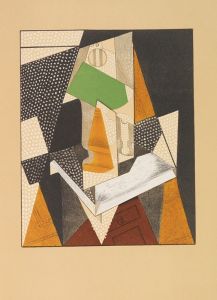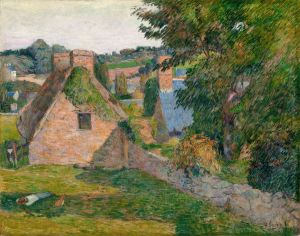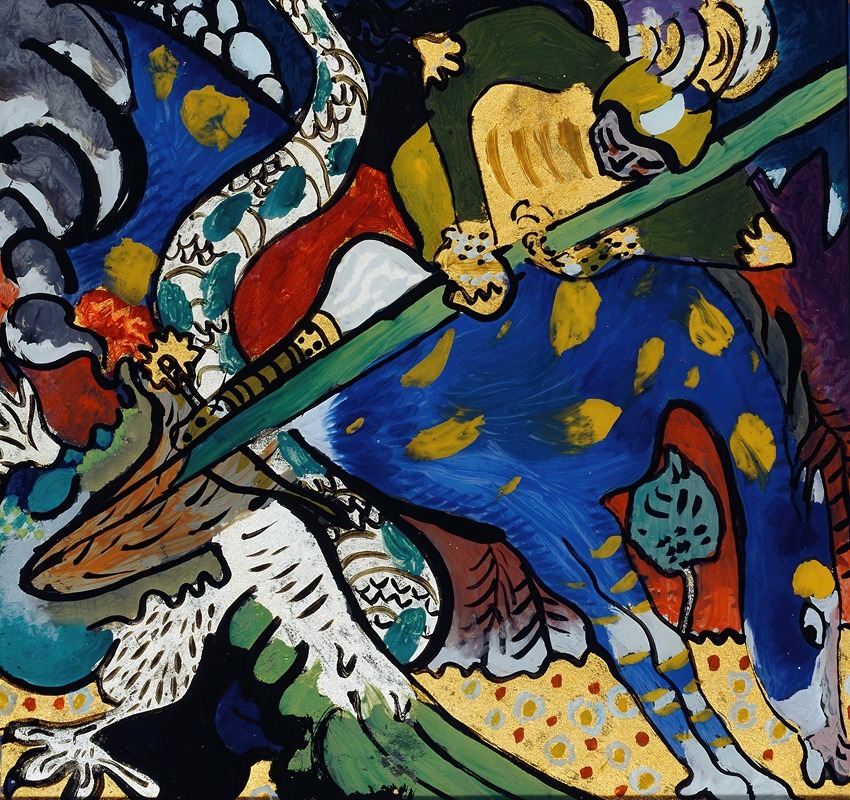
Saint George I
A hand-painted replica of Wassily Kandinsky’s masterpiece Saint George I, meticulously crafted by professional artists to capture the true essence of the original. Each piece is created with museum-quality canvas and rare mineral pigments, carefully painted by experienced artists with delicate brushstrokes and rich, layered colors to perfectly recreate the texture of the original artwork. Unlike machine-printed reproductions, this hand-painted version brings the painting to life, infused with the artist’s emotions and skill in every stroke. Whether for personal collection or home decoration, it instantly elevates the artistic atmosphere of any space.
Saint George I is a painting by the Russian artist Wassily Kandinsky, created in 1911. Kandinsky is widely regarded as one of the pioneers of abstract art, and his works often reflect his interest in color theory and spiritual symbolism. This particular painting is part of a series of works that explore the theme of Saint George, a Christian martyr and legendary dragon-slayer.
The painting depicts Saint George, a figure who has been a popular subject in Christian art for centuries. In Kandinsky's interpretation, Saint George is shown in a highly abstract manner, with vibrant colors and dynamic forms that convey a sense of movement and energy. The use of bold colors and abstract shapes is characteristic of Kandinsky's style during this period, which was heavily influenced by his interest in Theosophy and the idea of a spiritual reality beyond the material world.
Kandinsky's Saint George I is notable for its departure from traditional representations of the saint. Instead of depicting a realistic scene, Kandinsky uses abstract forms to evoke the essence of the story. The painting features a central figure, presumably Saint George, who is surrounded by swirling shapes and colors that suggest the presence of the dragon and the dramatic nature of the battle. The use of color is particularly significant, as Kandinsky believed that colors had spiritual meanings and could evoke specific emotions in the viewer.
The painting was created during a pivotal time in Kandinsky's career, as he was transitioning from representational art to pure abstraction. This period saw the development of his theories on the spiritual in art, which he articulated in his influential book "Concerning the Spiritual in Art," published in 1911. In this book, Kandinsky argued that art should transcend the material world and express the inner, spiritual experiences of the artist.
Saint George I is part of the collection of the Lenbachhaus in Munich, Germany. The Lenbachhaus is known for its extensive collection of works by members of the Blue Rider (Der Blaue Reiter) group, an influential group of artists co-founded by Kandinsky and Franz Marc. The Blue Rider group sought to break away from traditional artistic conventions and explore new forms of expression, and Kandinsky's work on Saint George is a prime example of this innovative spirit.
In summary, Saint George I by Wassily Kandinsky is a significant work that reflects the artist's transition to abstraction and his interest in spiritual themes. The painting's use of color and form to convey the story of Saint George in an abstract manner is a hallmark of Kandinsky's style and his contributions to the development of modern art. The work remains an important piece in the study of early 20th-century art and Kandinsky's artistic legacy.





